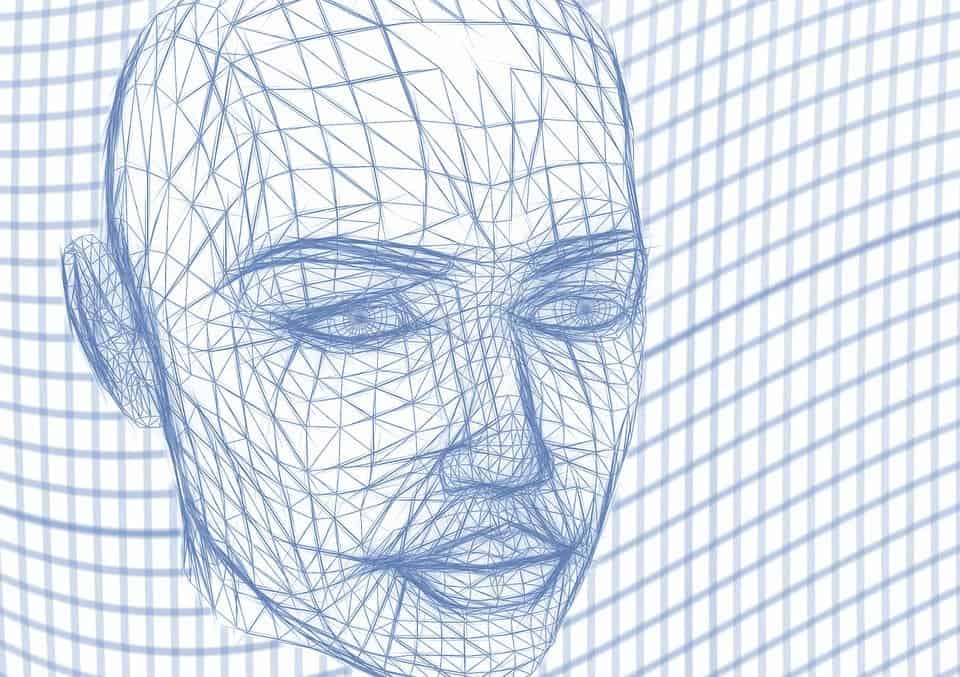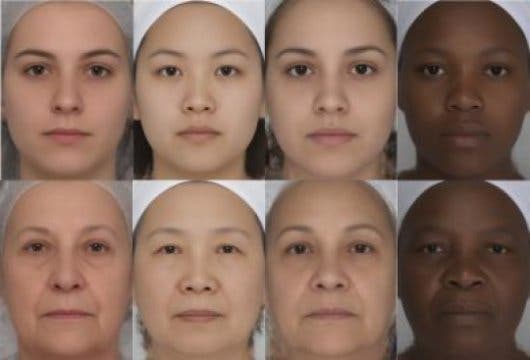Facial contrast, a measure of how much facial features stand out in the face, could be one of the most important elements we look for when trying to decide someone’s age, a new paper reports. The research shows that observers, regardless of their ethnic background, perceive women with increased facial contrast as being younger.
Age plays a big role in how others see us. A youthful appearance is a sign of health and typically considered more attractive — so it’s no surprise that people often try to look a few years younger than they actually are. It’s a view that spans across cultural boundaries. Certain characteristics, such as wrinkles, for example, are viewed as a sign of aging in many ethnicities — but there are many cues our brains use to gauge someone’s age that we don’t yet know of.
Age at face value
A new paper authored by French and American researchers details the discovery of one new such cue, namely facial contrast.
“Facial contrast refers to how much the eyes, lips and eyebrows stand out in the face in terms of how light or dark they are or how colorful they are,” says Aurélie Porcheron, lead author of the paper.
Previous work has revealed that observers perceive female actors with increased facial contrast as healthier, more youthful, and more feminine compared to their unaltered pictures. However, research into facial contrast has so far been rooted in small-scale studies, mostly focusing on Caucasian faces or observers, making it difficult to expand on the findings. After all, the effect could come down to cultural or societal factors, i.e. a certain culture’s standards for what ‘old’ or ‘attractive’ look like in women.
Porcheron and her team speculated that this isn’t the case. They believed that the link observed between facial contrast and apparent age would hold for other cultures and ethnicities since although different peoples have different skin colors, age-related changes in skin color tend to be similar for everyone. To test their hypothesis, the team used images of women of different ethnicities, including Chinese, Latin American, South African, and French Caucasian women. Only pictures of women were used to avoid differences caused by gender. They were aged from 20 to 80, and the researchers analyzed their facial images using computer software to measure various facial contrast parameters.
The team discovered that several aspects of facial contrast decreased with age in all four groups of women, most notably contrast around the mouth and eyebrows. This indicates that at least some aspects of facial contrast naturally decline with age in women from around the world. Each picture was then digitally altered to create two versions of each face, one with high contrast, the other with low contrast. Participants were asked to look at the images (each participant received pictures belonging to every ethnicity involved in the test) and rate how old the women depicted appeared to be.
Male and female participants (from France and China) were asked to look at the images and chose the younger-looking face from the two options. High-contrast faces were selected as being the youngest almost 80% of the time, regardless of the cultural origin of the participant or the face. It shows that previous results weren’t picking up on a cultural or ethnic element, and that higher facial contrast seems to be a universal cue for youthfulness — at least for female faces.
It’s not exactly a fountain of youth, but the findings do show that there’s an easy trick you can pull off to appear more youthful to others — make your eyebrows and lips stand out.
“People of different cultures use facial contrast as a cue for perceiving age from the face, even though they are not consciously aware of it,” Porcheron says.
“The results also suggest that people could actively modify how old they look, by altering how much their facial features stand out, for example by darkening or coloring their features.”
Next up, we’ll have to see if this effect still stands with male faces.
The paper ” Facial Contrast Is a Cross-Cultural Cue for Perceiving Age” has been published in the journal Frontiers.











